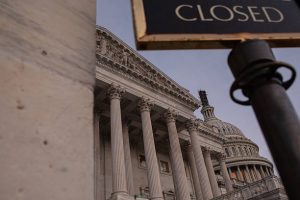Brexit: Great Britain’s “Divorce” from European Union
April 3, 2017
As we face controversy in our own country with the first few months of the new Presidential Administration, drama is unfolding overseas as well with Britain’s exit from the European Union, more commonly known as Brexit.
So what exactly is Brexit? A referendum (a vote including almost all of these that are of legal age) was held on the 23rd of June, 2016 to decide whether or not Britain would leave the EU. The vote was tight, with the final polls coming at 51.9% to 48.1%, with over 30 million people voting. Those in favor felt that the economy and immigration issues of the rest of the European Union were dragging the country down.
The country faced immediate repercussions, although they were not the doomsday-scaled ones that were predicted. The former Prime Minister David Cameron resigned the day he learned he lost the referendum, paving the way for new PM Theresa May, who for the record, was also against Britain leaving the EU. She has triggered the actual exit process to take place on Friday, March 29th, 2019, with the possibility to be extended.
In addition to the new Prime Minister, the pound (Britain’s currency) did slump and inflation did rise, but not to devastating levels yet. As of right now, the economy continues to grow.
The long-term consequences of Brexit are yet to be seen, but there is still lots of time left for renegotiation and reconsideration.












